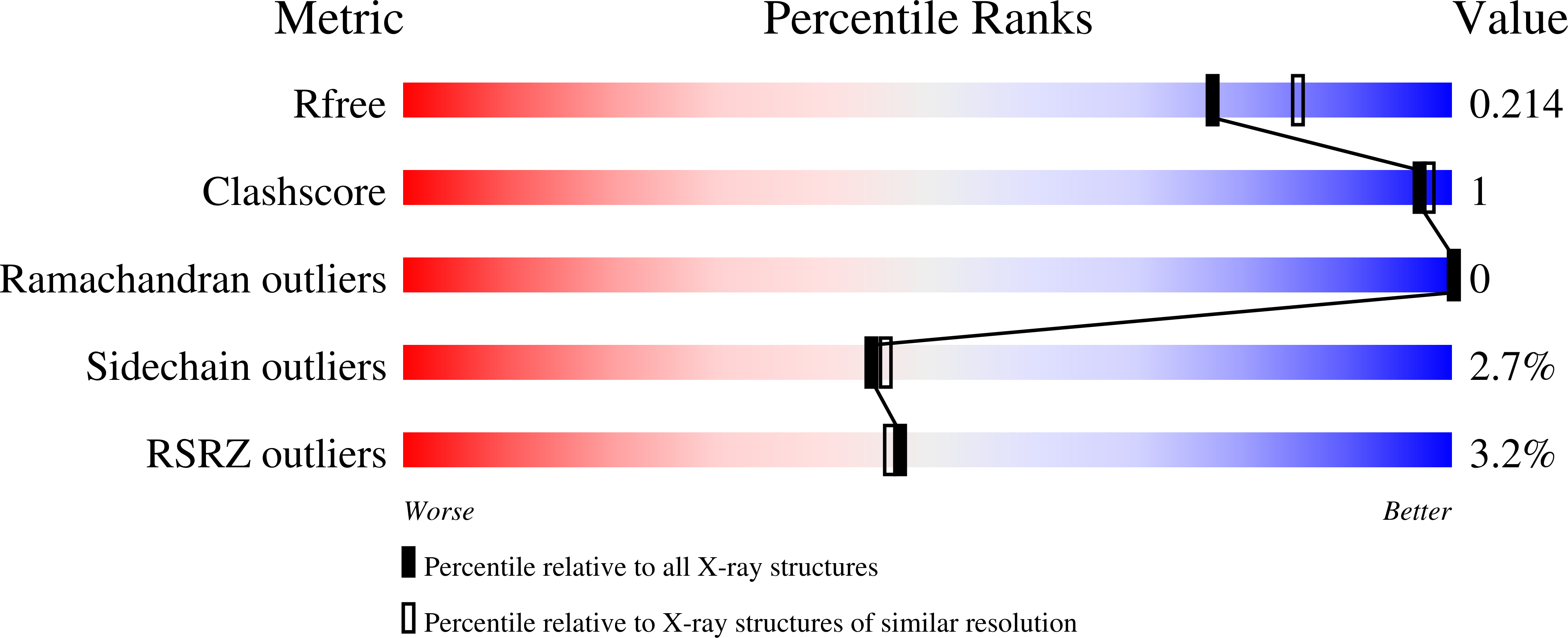Stepwise Post-glycosylation Modification of Sugar Moieties in Kanamycin Biosynthesis.
Kudo, F., Kitayama, Y., Miyanaga, A., Numakura, M., Eguchi, T.(2021) Chembiochem 22: 1668-1675
- PubMed: 33403742
- DOI: https://doi.org/10.1002/cbic.202000839
- Primary Citation of Related Structures:
7CL2, 7CL3, 7CL4, 7CL5, 7CL6 - PubMed Abstract:
Kanamycin?A is the major 2-deoxystreptamine (2DOS)-containing aminoglycoside antibiotic produced by Streptomyces kanamyceticus. The 2DOS moiety is linked with 6-amino-6-deoxy-d-glucose (6ADG) at O-4 and 3-amino-3-deoxy-d-glucose at O-6. Because the 6ADG moiety is derived from d-glucosamine (GlcN), deamination at C-2 and introduction of C-6-NH 2 are required in the biosynthesis. A dehydrogenase, KanQ, and an aminotransferase, KanB, are presumed to be responsible for the introduction of C-6-NH 2 , although the substrates have not been identified. Here, we examined the substrate specificity of KanQ to better understand the biosynthetic pathway. It was found that KanQ oxidized kanamycin?C more efficiently than the 3''-deamino derivative. Furthermore, the substrate specificity of an oxygenase, KanJ, that is responsible for deamination at C-2 of the GlcN moiety was examined, and the crystal structure of KanJ was determined. It was found that C-6-NH 2 is important for substrate recognition by KanJ. Thus, the modification of the GlcN moiety occurs after pseudo-trisaccharide formation, followed by the introduction of C-6-NH 2 by KanQ/KanB and deamination at C-2 by KanJ.
Organizational Affiliation:
Department of Chemistry, Tokyo Institute of Technology, 2-12-1 O-okayama, Meguro-ku, Tokyo, 152-8551, Japan.

















